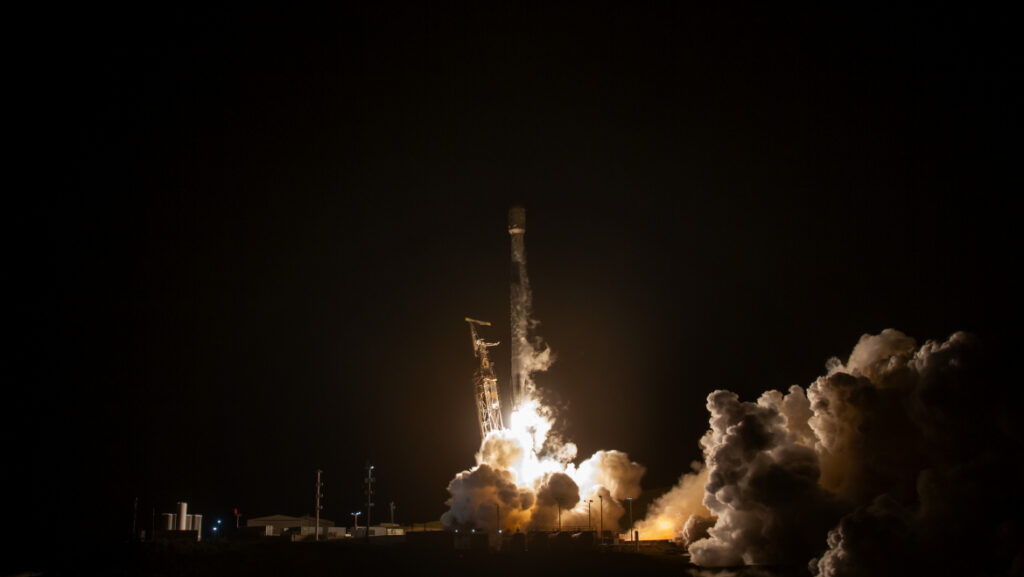The past week has seen a flurry of activity in the realm of space exploration, with significant launches from SpaceX, China, and Roscosmos. Highlighting the global efforts in expanding our reach and capabilities in space, these missions underscore the rapid advancements and the collaborative spirit driving the space industry forward.
SpaceX made headlines with two Starlink missions aimed at bolstering its satellite internet constellation. The first of these missions, Starlink Group 7-15, successfully deployed 22 Starlink v2 Mini satellites from Vandenberg Air Force Base, marking the booster’s 19th flight. This was closely followed by Starlink Group 6-39, which added 24 more satellites to the constellation, showcasing SpaceX’s commitment to enhancing global internet coverage.
In parallel, China’s space agency demonstrated its prowess with the launch of the Chang Zheng 5 (CZ-5) rocket, carrying a payload to geostationary transfer orbit (GTO). This launch, along with the subsequent mission of the Chang Zheng 3B/E (CZ-3B/E), highlights China’s ambitious plans and capabilities in heavy-lift space launches.
Roscosmos, not to be outdone, prepared for the launch of a Soyuz 2.1b rocket, tasked with delivering Russian-built satellites into Sun-synchronous orbit (SSO). This mission not only showcases Russia’s longstanding expertise in satellite technology but also contributes valuable data for meteorological and environmental monitoring.
These launches represent more than just technological feats; they are a testament to the enduring human quest for knowledge and the unyielding desire to expand our boundaries beyond Earth. With each satellite deployed and every rocket launched, we pave the way for future explorations, scientific discoveries, and technological innovations that could transform our understanding of the universe and our place within it.






